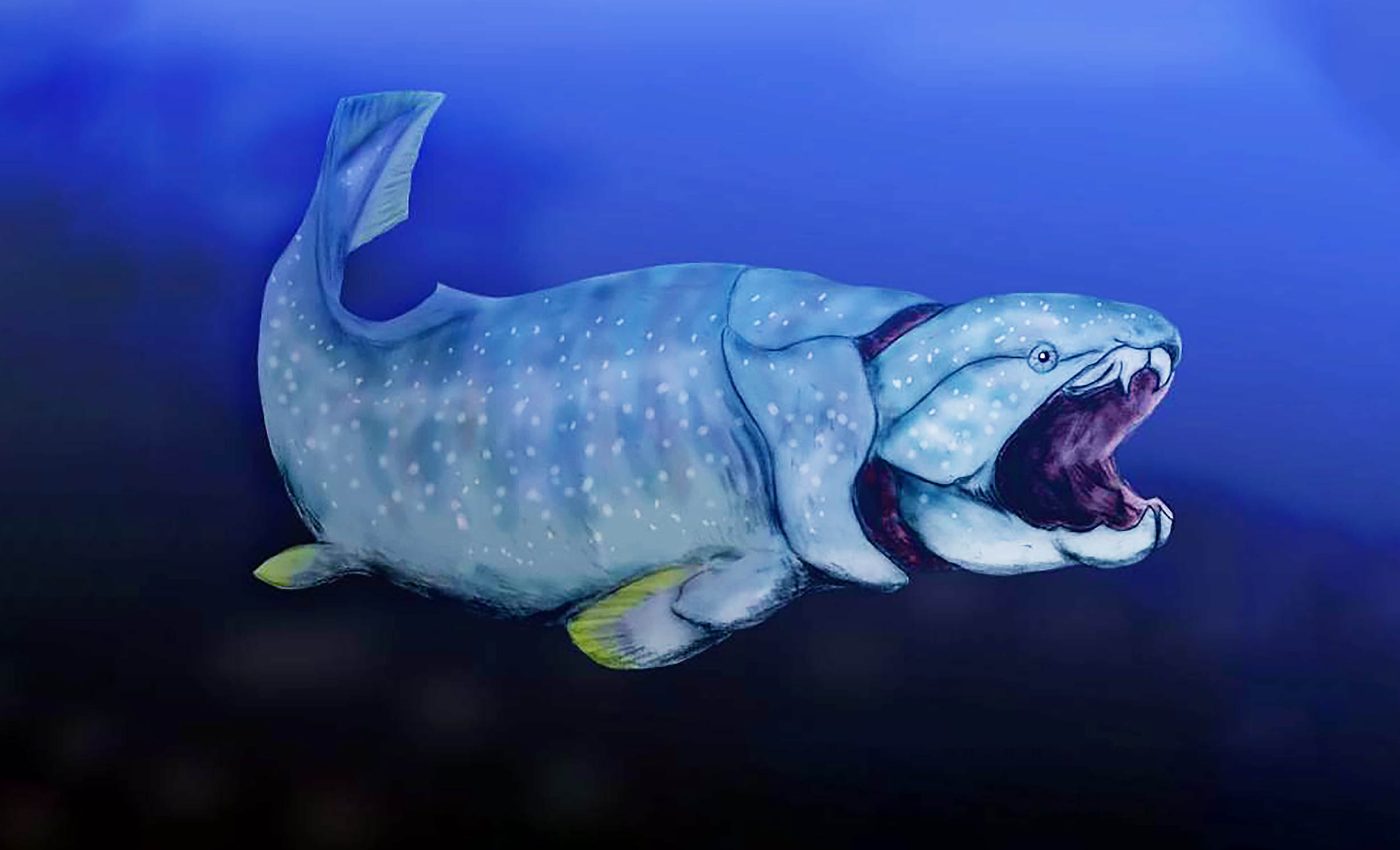
Ancient forests pumped oxygen into the ocean and helped deep-sea fish thrive
Roughly 390 million years ago, the ancient seas witnessed a dramatic change. Marine animals began moving into deeper waters that had long been uninhabitable. New research suggests this expansion was fueled by a lasting rise in deep-ocean oxygen.
The source of that oxygen traces back to the spread of woody plants on land, the earliest forests on Earth. This environmental shift coincided with an explosion of new species, especially jawed fish.
These fish became the ancestors of nearly all vertebrates alive today. The link between oxygen levels and evolutionary diversification offers fresh insight into how life reshaped the oceans.
Oxygen rise shaped evolution
“It’s known that oxygen is a necessary condition for animal evolution, but the extent to which it is the sufficient condition that can explain trends in animal diversification has been difficult to pin down,” said co-lead author Michael Kipp, assistant professor at Duke University.
“This study gives a strong vote that oxygen dictated the timing of early animal evolution, at least for the appearance of jawed vertebrates in deep-ocean habitats.”
For decades, scientists believed deep-ocean oxygenation occurred only once, at the start of the Paleozoic Era about 540 million years ago.
Later evidence pointed instead to multiple phases. First, shallower waters became livable for breathing organisms, and only later did oxygen reach deeper environments.
Rocks reveal ocean oxygen history
Kipp and his colleagues focused on timing by studying sedimentary rocks once buried beneath ancient oceans.
They measured levels of selenium, an element that records traces of oxygen in the environment. Selenium occurs in different isotopes, and their ratios reveal whether oxygen levels were high enough to support animal life.
The team collected 97 rock samples dating from 252 to 541 million years ago, gathered from five continents.
At the time, these sites lay along outer continental shelves, the zones where land tapered into the ocean before plunging steeply downward. By analyzing isotope ratios in the samples, the researchers tracked oxygen’s reach through time.
Two deep-sea oxygen waves
Results showed two distinct deep-ocean oxygenation events. One brief episode occurred during the Cambrian period, about 540 million years ago.
The second began during the Middle Devonian, around 393 to 382 million years ago, and continues today. Between these events, oxygen dropped to inhospitable levels for most animals.
“The selenium data tell us that the second oxygenation event was permanent. It began in the Middle Devonian and persisted in our younger rock samples,” said co-lead author Kunmanee “Mac” Bubphamanee, a Ph.D. candidate at the University of Washington.
Vertebrates thrived with more oxygen
The Middle Devonian oxygen rise triggered what scientists call the “mid-Paleozoic marine revolution.” With oxygen now plentiful, jawed fish and other animals expanded into deeper waters and diversified.
Fossil evidence also shows that many species grew larger, likely supported by the richer oxygen supply. One example is shown in the featured image of this article – a prehistoric jawed fish from the Late Devonian called Dunkleosteus.
This geological shift aligned with another event on land: the spread of woody plants.
“Our thinking is that, as these woody plants increased in number, they released more oxygen into the air, which led to more oxygen in deeper ocean environments,” Kipp said.
First oxygen wave faded fast
The earlier Cambrian oxygen surge remains puzzling. Its decline likely prevented animals from permanently establishing themselves in deeper waters at that time.
“What seems clear is that the drop in oxygen after that initial pulse hindered the spread and diversification of marine animals into those deeper environments of the outer continental shelves,” Kipp noted.
Oxygen history warns about today’s oceans
Although the study looks far into the past, its message carries urgency now.
“Today, there’s abundant ocean oxygen in equilibrium with the atmosphere,” said Kipp. “But in some locations, ocean oxygen can drop to undetectable levels.”
“Some of these zones occur through natural processes. But in many cases, they’re driven by nutrients draining off continents from fertilizers and industrial activity that fuel plankton blooms that suck up oxygen when they decay.”
“This work shows very clearly the link between oxygen and animal life in the ocean. This was a balance struck about 400 million years ago, and it would be a shame to disrupt it today in a matter of decades.”
—–
Featured image: An artist’s rendering of a prehistoric jawed fish from the Late Devonian called Dunkleosteus. These sorts of large, active vertebrates evolved shortly after the deep ocean became well-oxygenated. Credit: 2008 N. Tamura/CC-BY-SA
The study is published in the journal Proceedings of the National Academy of Sciences.
—–
Like what you read? Subscribe to our newsletter for engaging articles, exclusive content, and the latest updates.
Check us out on EarthSnap, a free app brought to you by Eric Ralls and Earth.com.
—–













